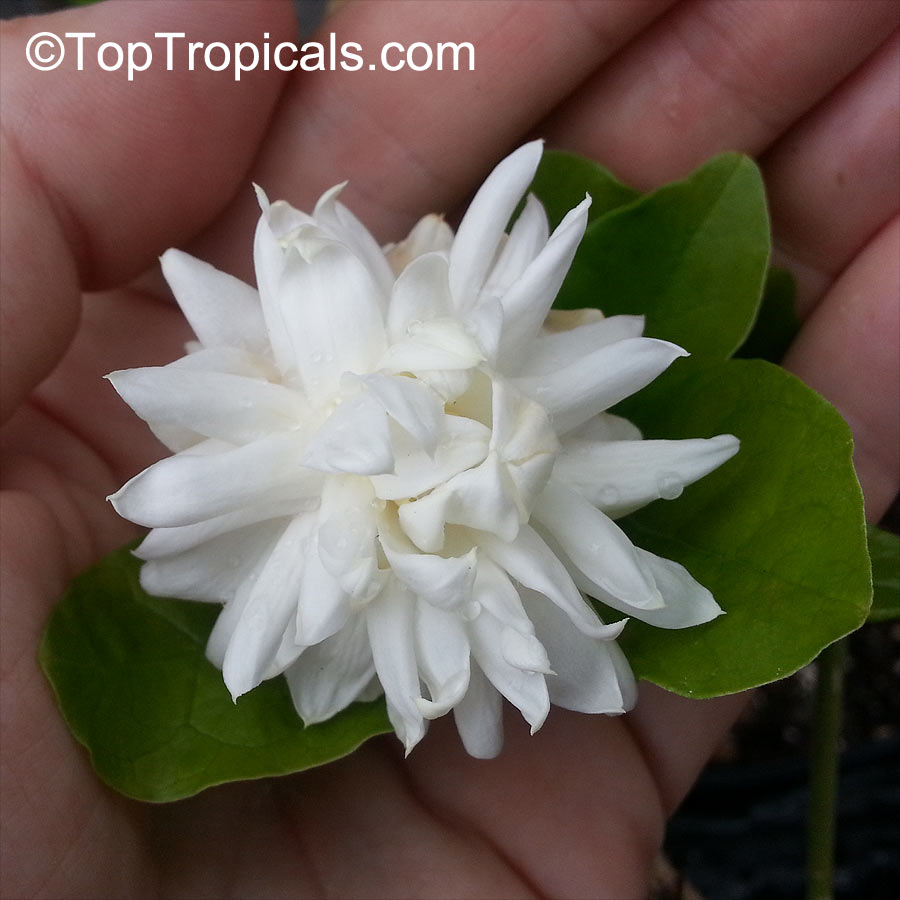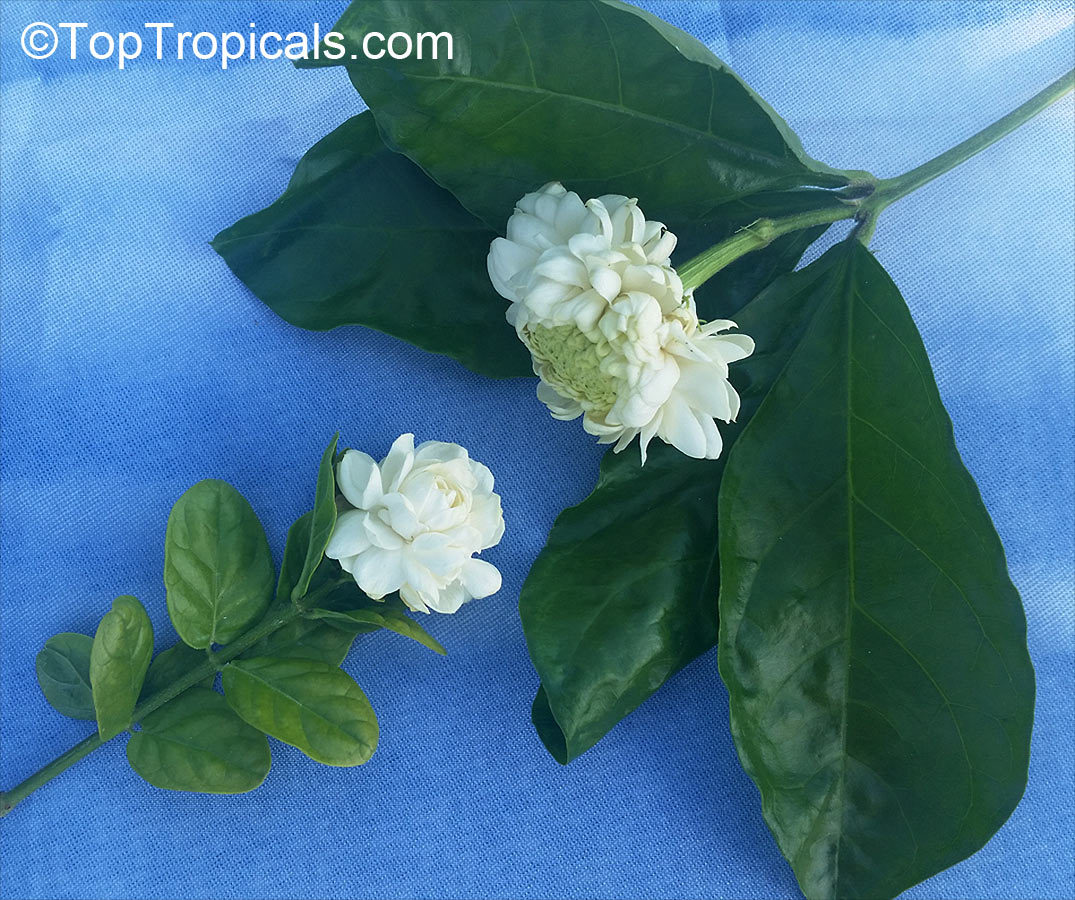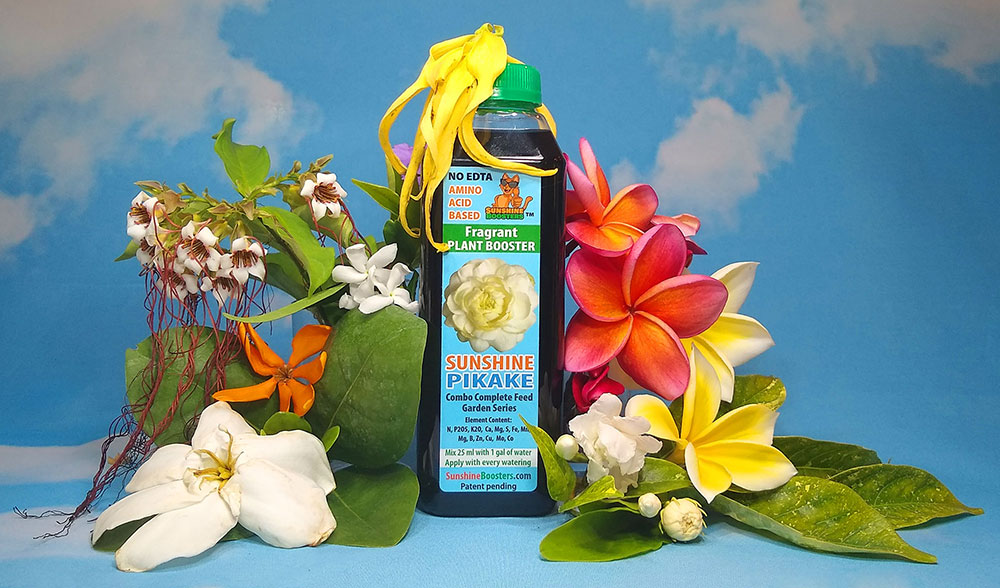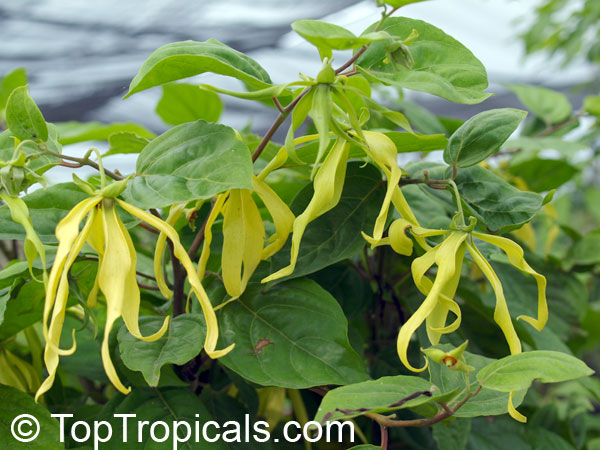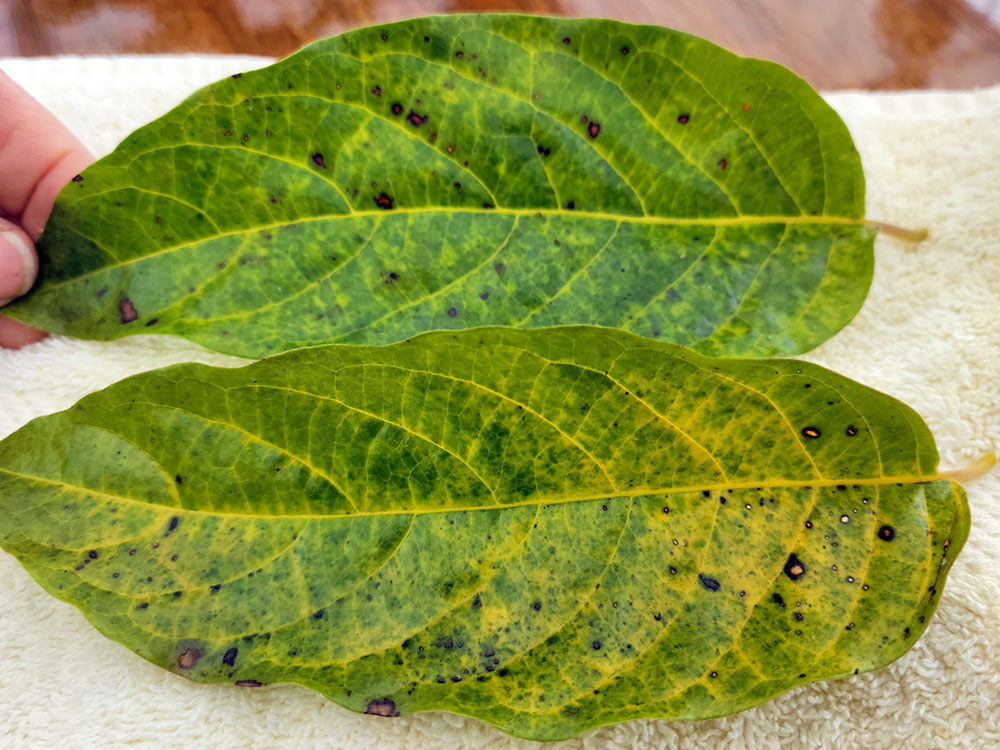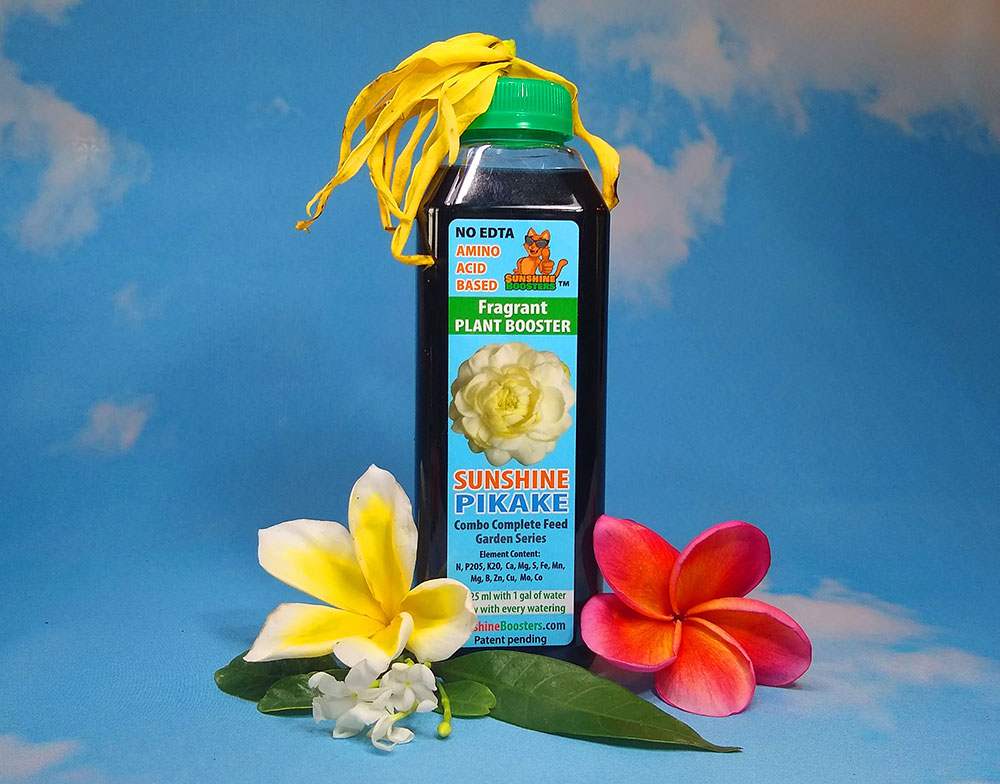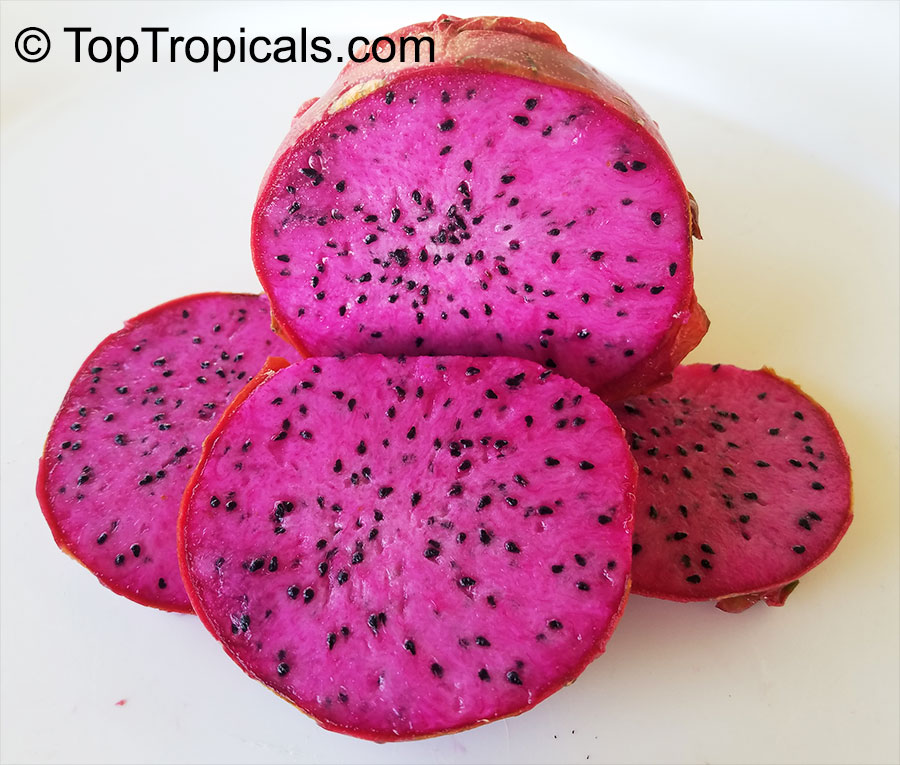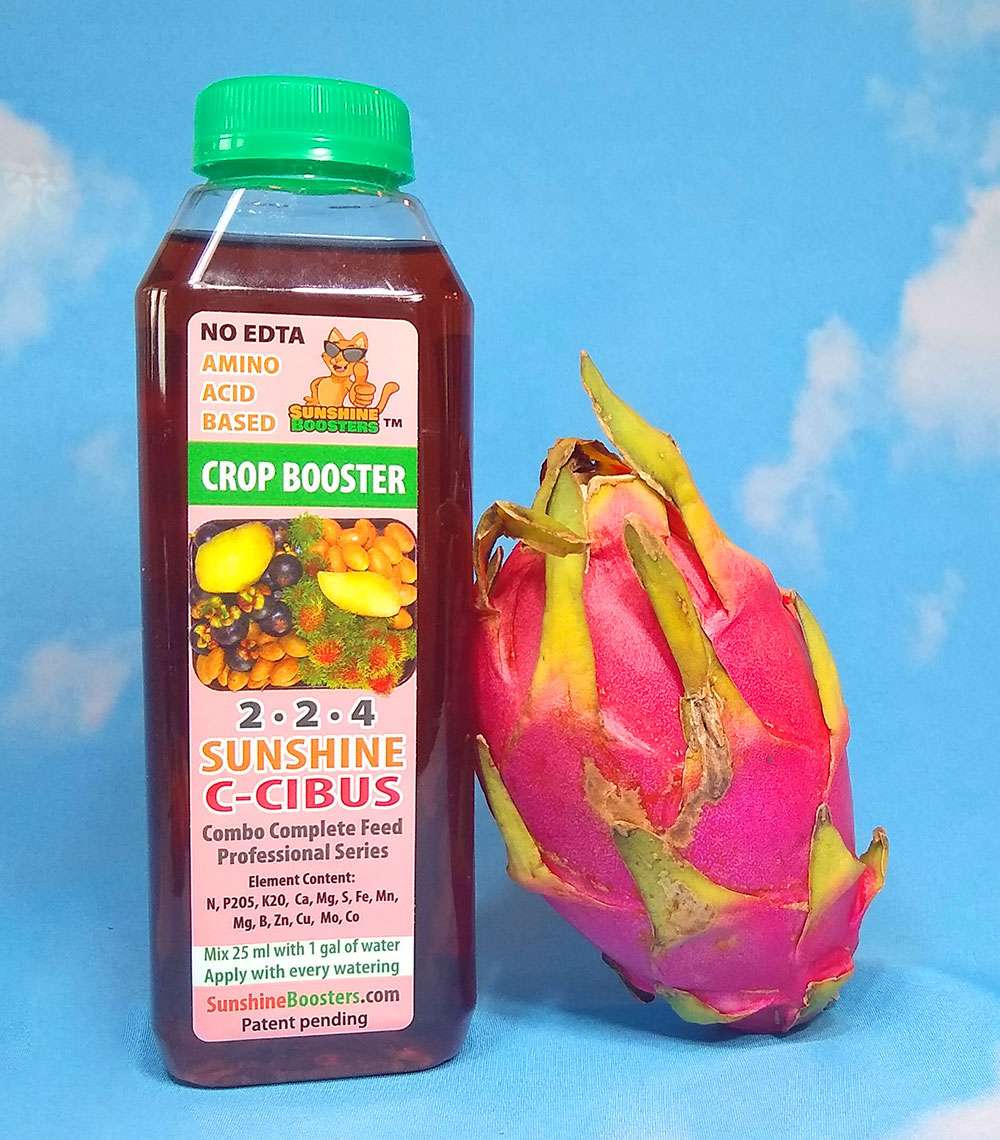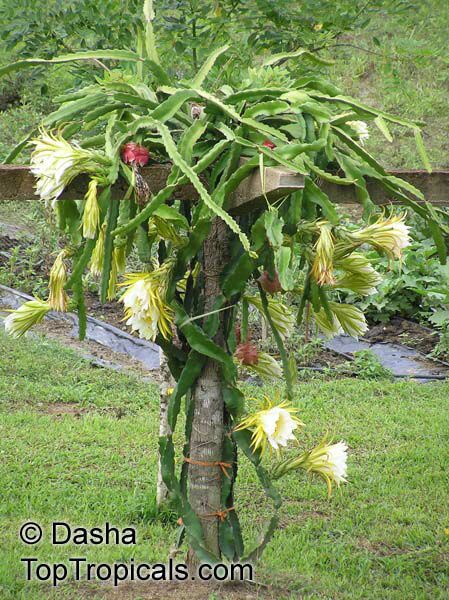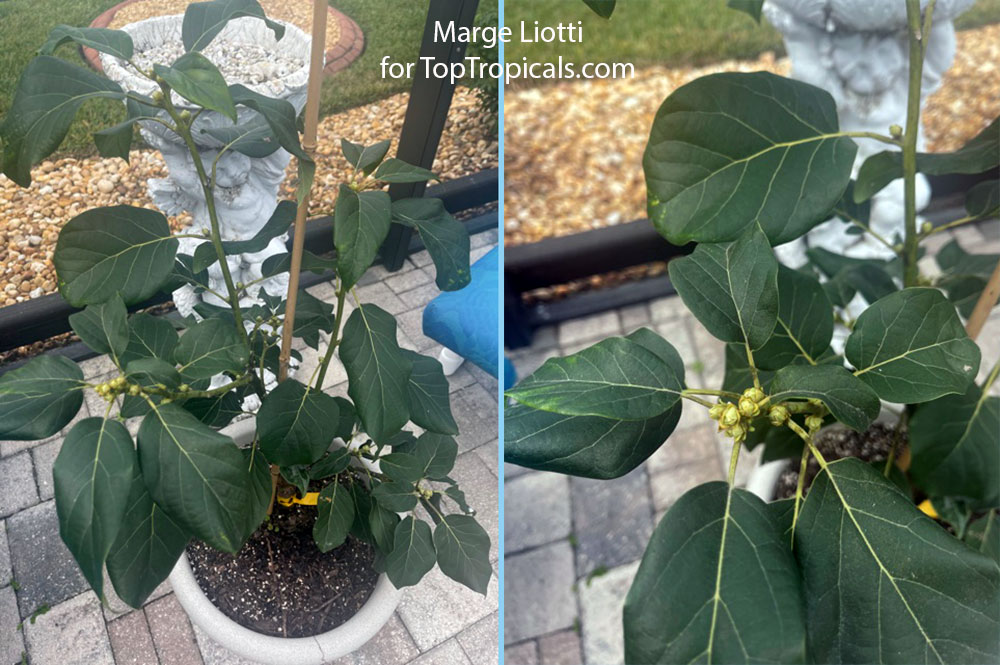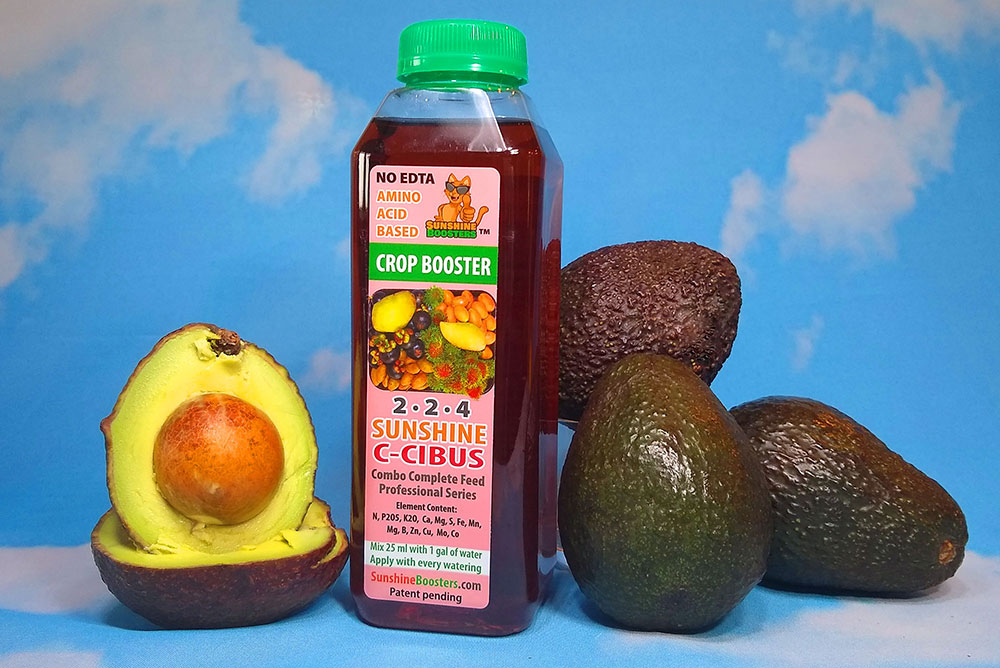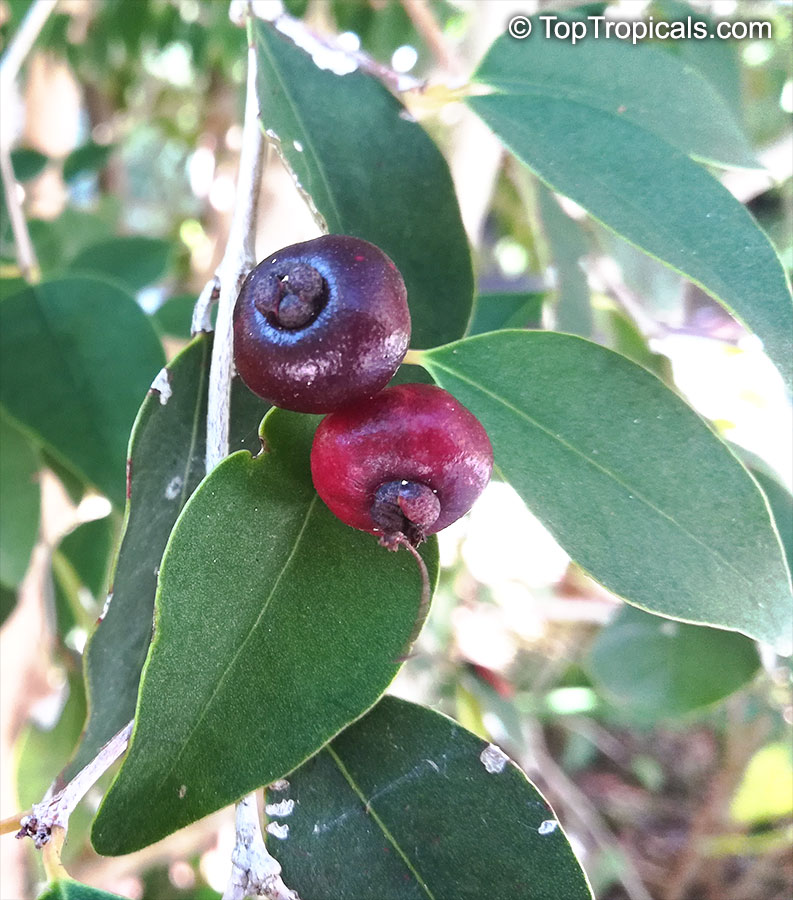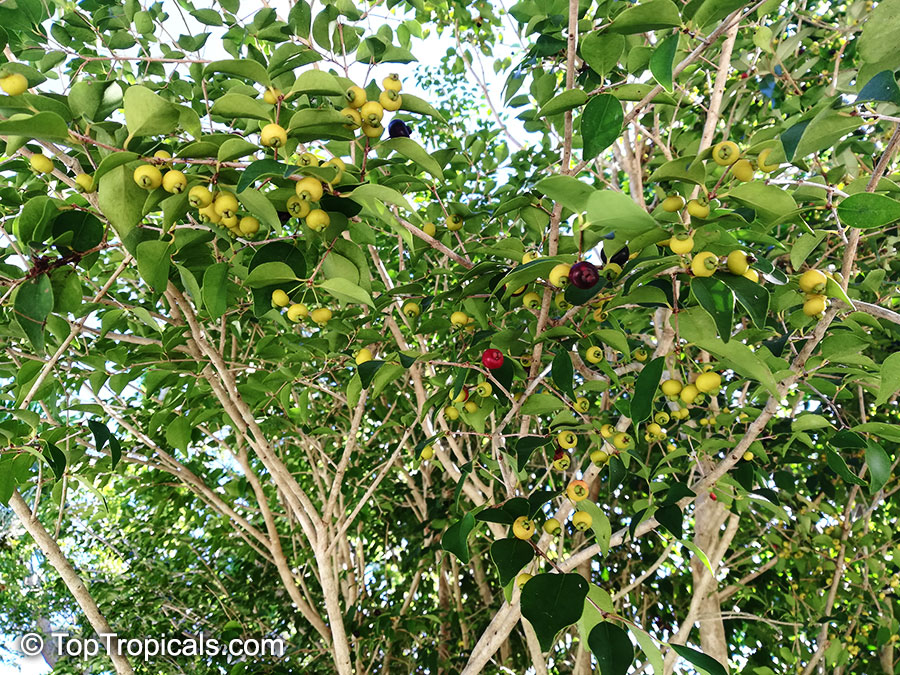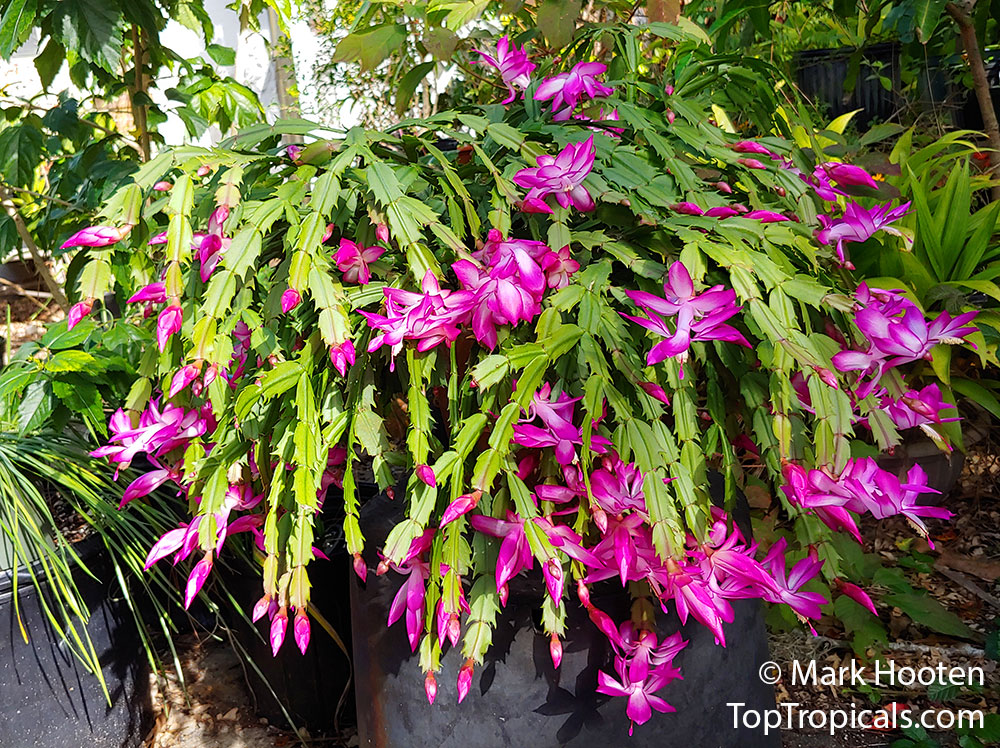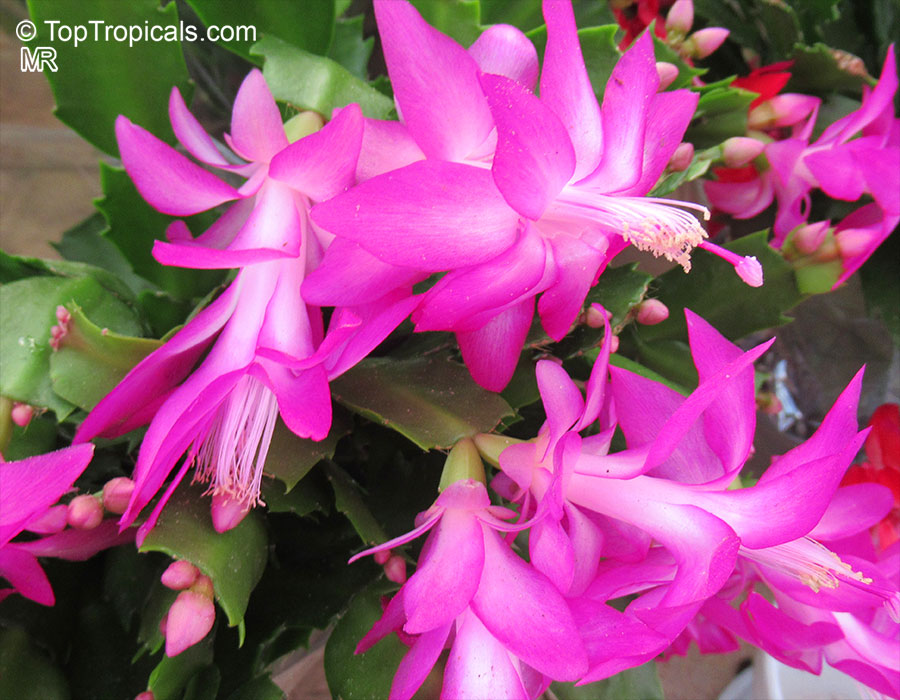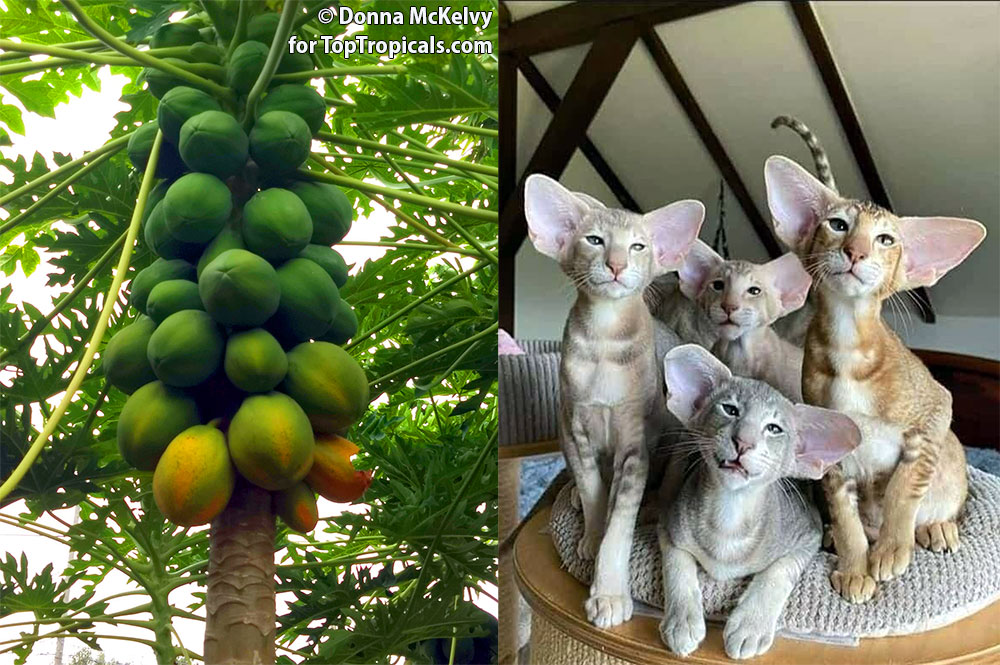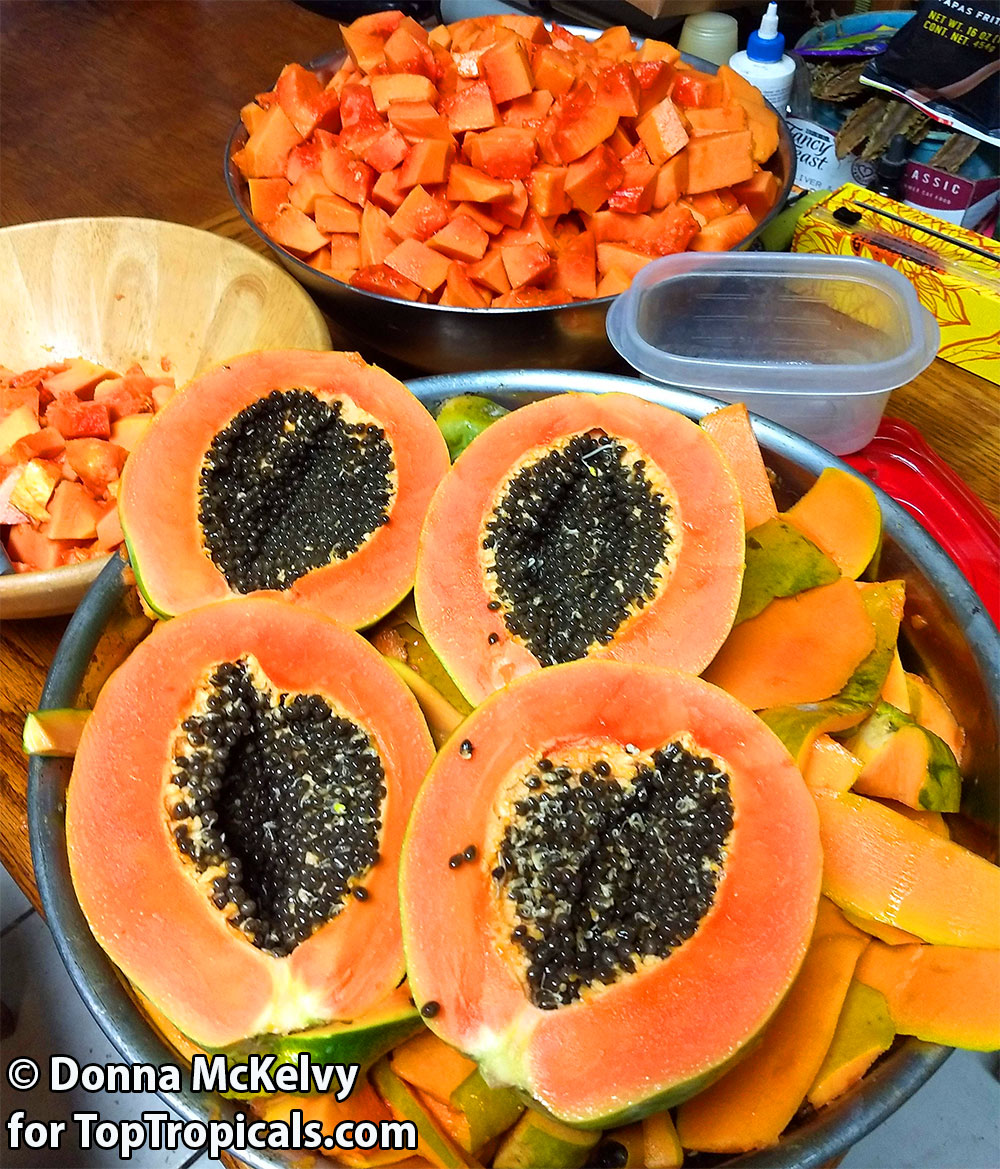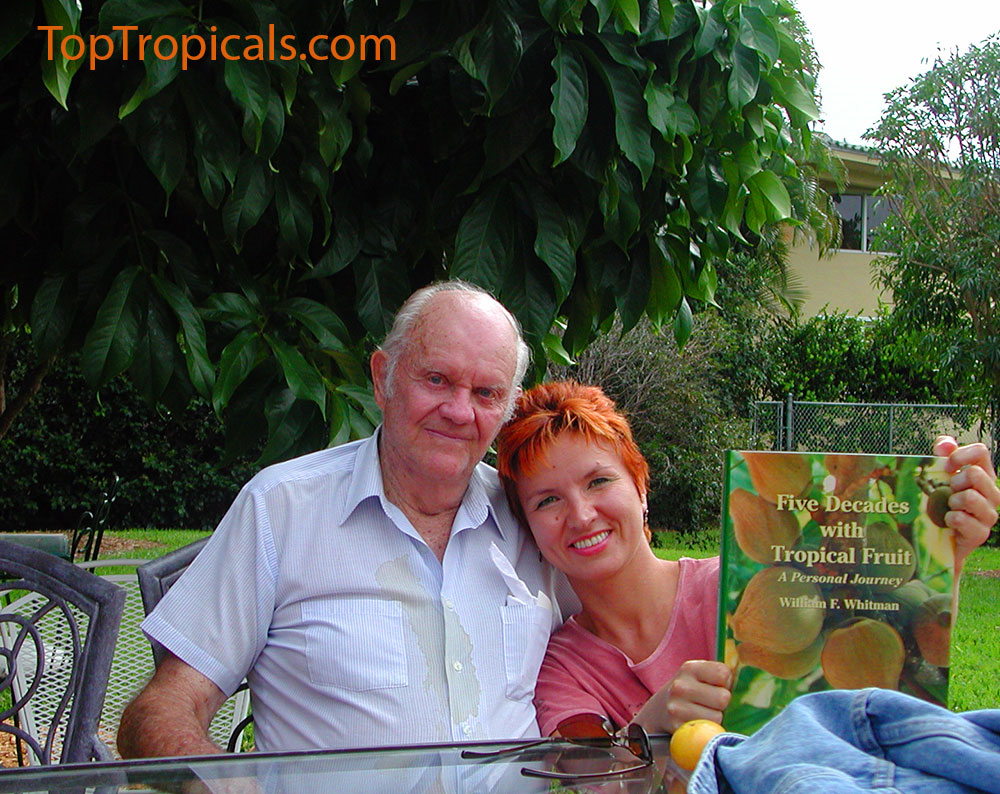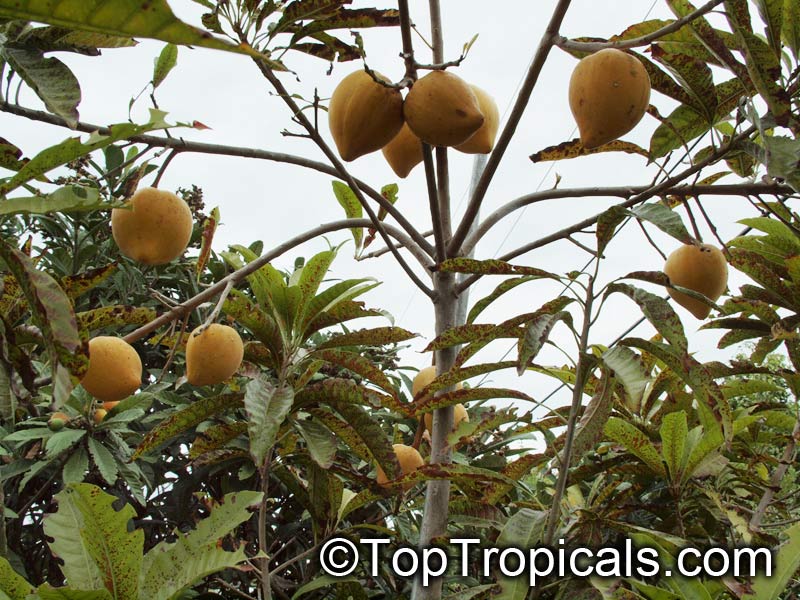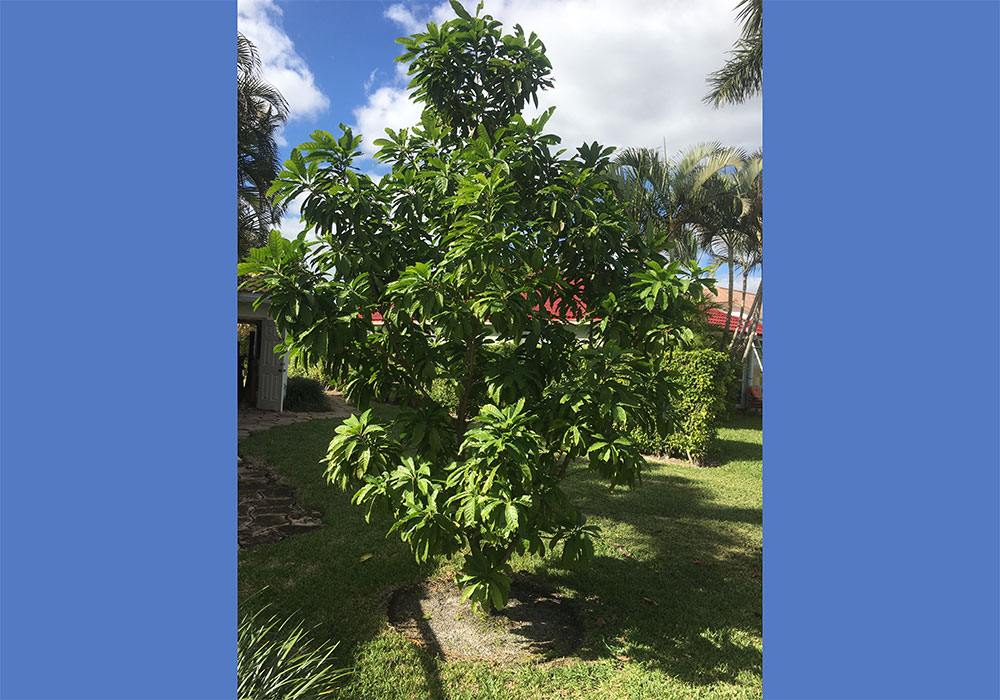Date:
NEW INTRODUCTION:
Little Duke - new variety of Jasmine Sambac
We are exited to introduce to the world of tropical plant lovers a new
hybrid of Jasmine sambac Grand Duke Supreme - Little Duke!
This new variety combines benefits of 1-1.5" large, triple flowers with a
compact, bushy growth habit. What an amazing gift for every jasmine lover!
Unlike regular Grand Duke that tends to be leggy, this variety branches out much
more and stays short with minimal pruning. Leaves are similar to Grand Duke
Supreme - elongated and come in swirls of 3's and 4's. It is a fast grower,
reaching mature size in no time, but the plant stays compact, producing
multiple flowers on every branch.
Little Duke, or Baby Duke, is a profuse bloomer, providing lots of sun,
warmth, and moderate water.
It is a perfect houseplant with the strongest jasmine fragrance in the
world. A must have for every jasmine collector!
The plants we currently have in stock are very large and developed, with multiple stems, some are full of buds and ready to flower for you. They are in 1 gal pots, ready to be stepped up soon. But hurry up! We have limited stock that will be sold FAST! Don't wait and get this gem today for your fragrant plant collection, before they all sold out! The next batch won't be coming until a few months later and the plants will be much smaller...


